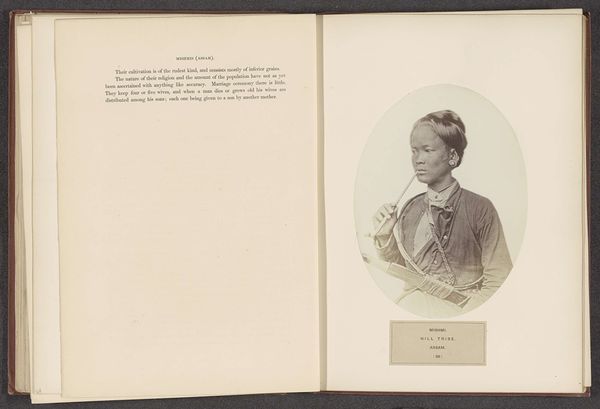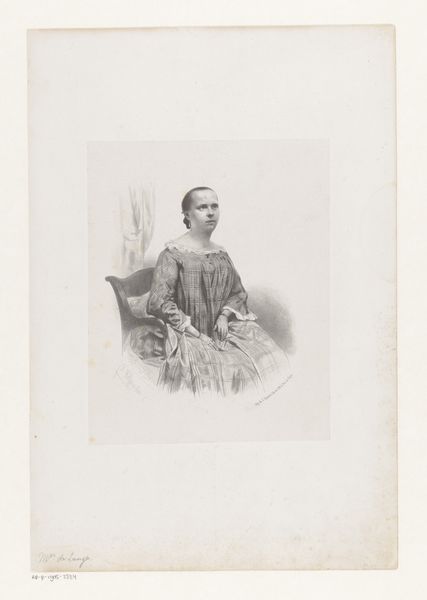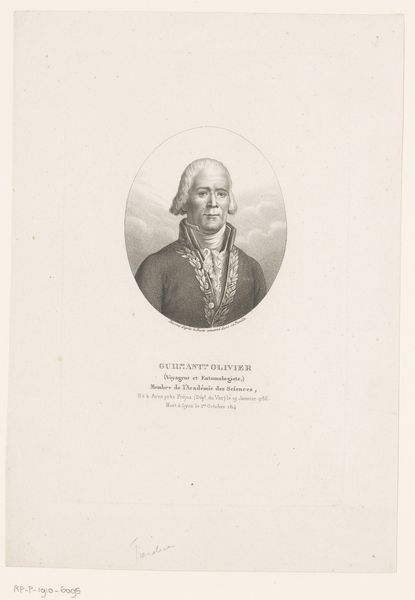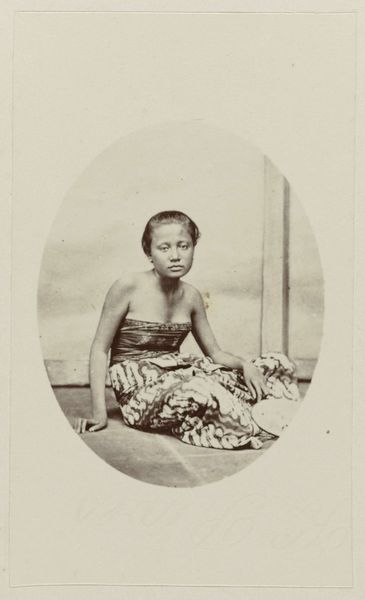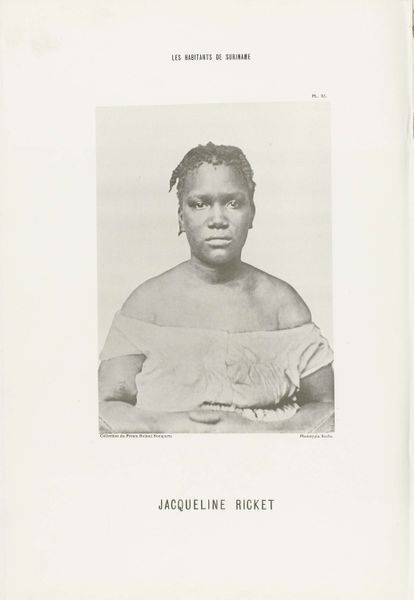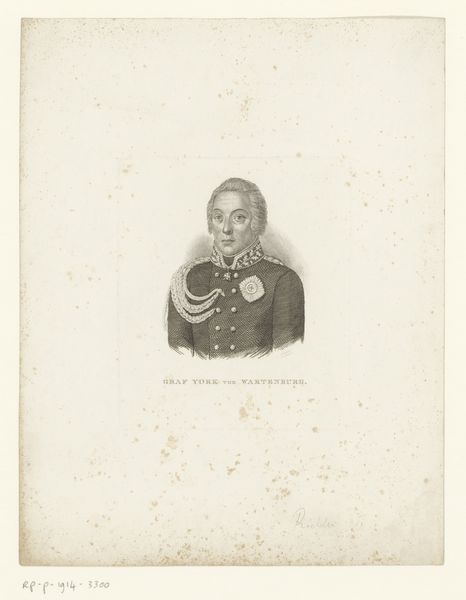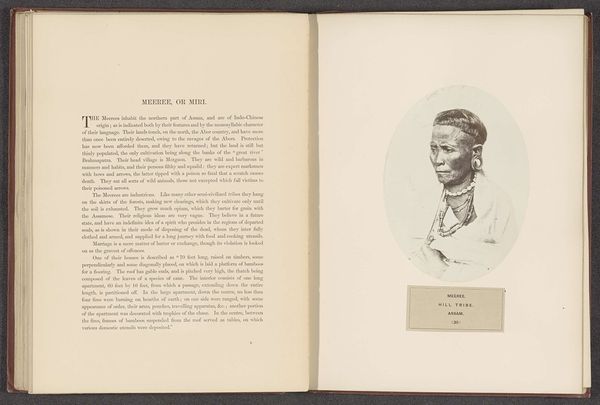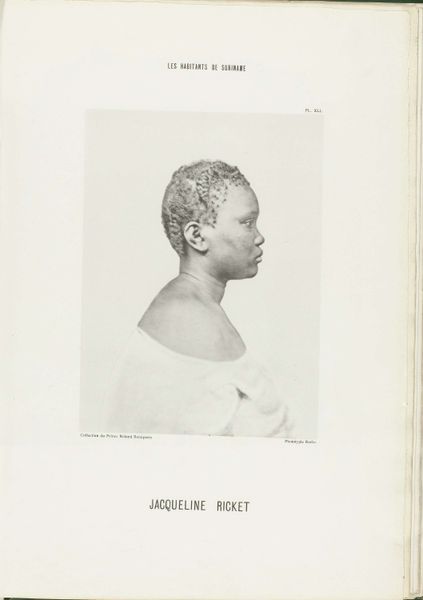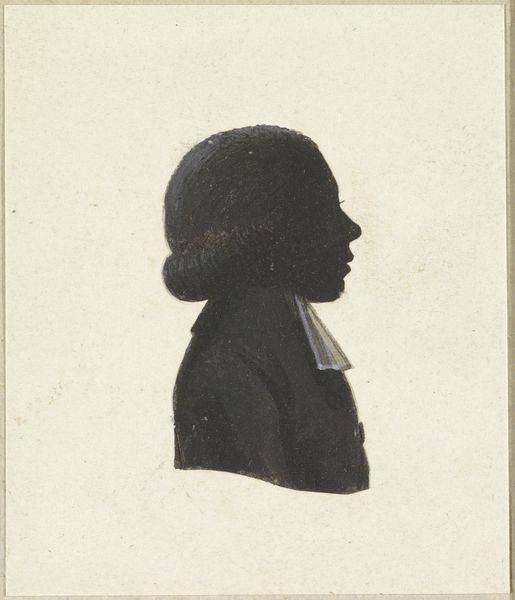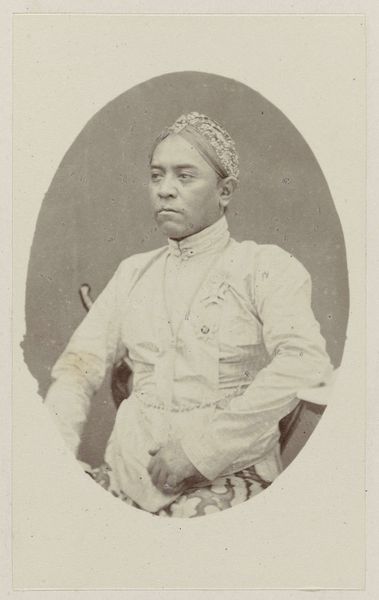
Portret van J-Kao-onoroh, bewoonster van de Hawaïaanse eilanden 1822
0:00
0:00
jacquesetiennevictorarago
Rijksmuseum
drawing, pencil
#
portrait
#
pencil drawn
#
drawing
#
light pencil work
#
shading to add clarity
#
pencil sketch
#
old engraving style
#
indigenism
#
portrait reference
#
pencil drawing
#
romanticism
#
pencil
#
limited contrast and shading
#
portrait drawing
#
pencil work
Dimensions: height 361 mm, width 275 mm
Copyright: Rijks Museum: Open Domain
Jacques Etienne Victor Arago made this lithograph portrait of J-Kao-onoroh, a resident of the Hawaiian Islands, sometime in the early 19th century. Lithography is a printmaking technique that uses a flat stone or metal plate on which the image areas are worked using a greasy substance so that the ink will adhere to them, while the non-image areas are made ink-repellent. Looking closely, you can see the subtle gradations of tone achieved with this method. It's a relatively quick and efficient process, ideally suited to capturing likeness. But the effect is quite different than, say, a painting. The very directness of lithography meant that it was often used for scientific illustration, documentary purposes, and, of course, portraiture of this kind. Consider the contrast between the industrial process of lithography and the adornments of the sitter. Her lei po'o, or head garland, and the necklace, are both made from natural materials, surely gathered with care. This juxtaposition invites us to consider the meeting of cultures that was underway in Hawaii at this time, a meeting with profound implications for its people and their traditions. Ultimately, this print reminds us to consider the social context in which all artworks are created.
Comments
No comments
Be the first to comment and join the conversation on the ultimate creative platform.
